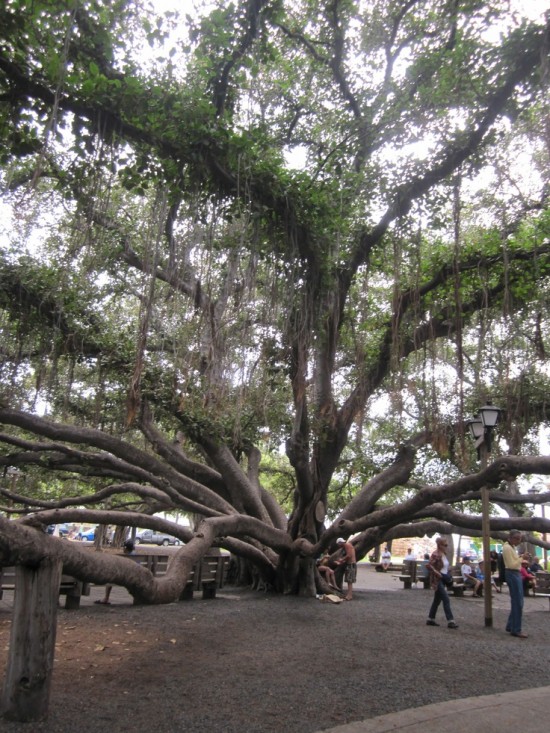Everybody needs beauty as well as bread, places to play in and pray in, where Nature may heal and cheer and give strength to body and soul alike.
John Muir
The Nature Sacred Principle is sponsored by the TKF family foundation, which has funded intimate, open, urban green spaces in the mid-Atlantic region of the U.S. for more than 20 years. The Principle asserts that exposure to nearby nature environments, particularly in cities, can offer sanctuary, solace, reflection, and mindful interaction. These transformational encounters benefit users and surrounding communities.

Urbanization is a global trend. More than 80% of the U.S. population and over 50% of the world’s population lives in cities. Urban lifestyles can bring on stress, and even a sense that life is out of balance. Many people recognize that nature experiences can heal and provide respite, but assume that one must leave the city and travel to wild places to restore and regain a sense of calm.
The term sacred is a notion that is complex, and may be perceived as a connection to religious and spiritual institutions. Some community leaders may not recognize its importance when planning for public green space within their cities.
Nature Sacred supports the idea of small ‘s’, or civic sacred in communities. Though many people appreciate spiritual experiences that are enjoyed in both secular settings or as part of faith-based organizations, there can be limited interpretations of the notion of sacred and its role in the city. Meanwhile both historic and contemporary U.S. literature and traditions remind us of the importance of nature in personal realizations of inspiration, deeper thinking, and mindfulness, as well as meaningful social connections.
Civic sacred refers to the everyday encounters with nature in cities that have the potential to promote inspiration, deeper thinking, mindfulness, and social and cultural connections, and may be transformational.
Throughout the month of December, we will present several ways civic sacred can or does exist in our communities. How and where does it exist in yours?
